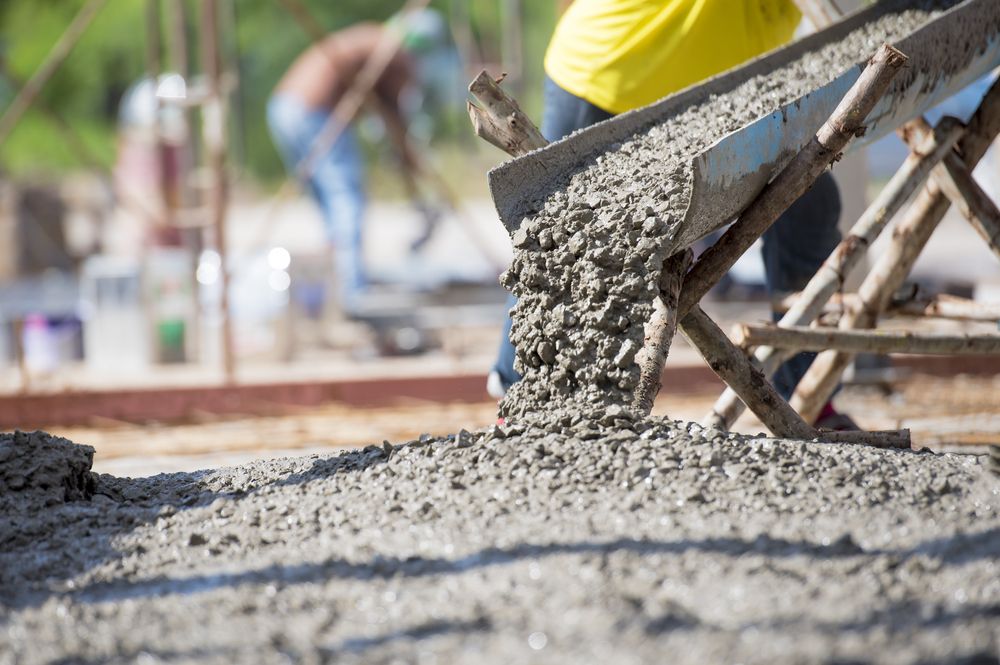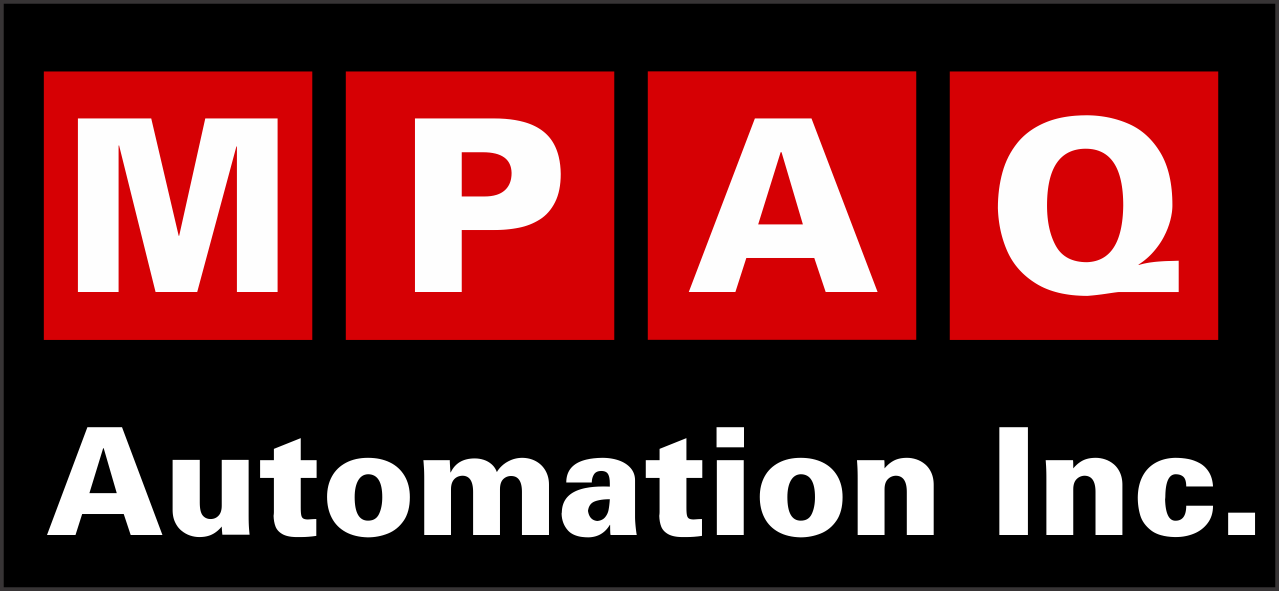Are moisture probes more trouble than they’re worth?
You might have heard moisture probes are unreliable, fragile, and finicky. We’ve broken down the pros and cons of purchasing a moisture probe to measure moisture content in aggregate bins.

You might have heard moisture probes are unreliable, fragile, and finicky. You might have used one for a while and then written it off after a bad experience with inaccurate readings. You might think that “eyeballing” moisture content in a pile of aggregates is good enough, or be skeptical about your return on investment.
Below, we’ve broken down the pros and cons of purchasing a moisture probe to measure moisture content in aggregate bins.
THE GOOD
The technology is getting better and better
Compare the flip phone you were using 15 years ago to the smartphone in your pocket now. Moisture probes have come a long way over the years, too — from dead-simple conductivity probes to the sophisticated microwave-based probes of today. Software logic and electronic technology inside probes are constantly improving, resulting in more reliable devices. And batch system software is also improving, resulting in smarter use of moisture measurements.
You’ll save on time and materials
Using a probe to accurately assess moisture content means less time spent on checking and correcting concrete loads. Getting it right the first time allows you to move forward with production and cut down on the use of dry-up materials to compensate for wet loads. Increasing your rate of production and spending less on dry-up materials are two of the main benefits of using a moisture probe.
Precision pays off
If you don’t need to add water at the plant or at the jobsite, the Q/C data recorded for each load reflects the true value of its water/cement ratio, which is the most relevant figure of concrete strength. You no longer have to worry about water additions that are not reflected in your Q/C log.
Producers tend to use moisture probes only in the sand bin; however, there are those that insist in using probes for other aggregates as well. For the latter, not only the concrete yield will be accurate, but the ratio between the aggregates is also going to be correct. The batch software adjusts the water target to compensate for water present in the aggregates and at the same time increases the aggregate targets to maintain yield.
THE BAD
They’re expensive
Moisture probes run from $3,000 to $5,000 USD and should last many years — but don’t let the upfront cost dictate your decision. We recommend sitting down with hard numbers to determine your return on investment.
Here’s an example scenario: let’s say your delivery costs are $1 per minute, and correcting a load that’s too wet or dry takes about 5 minutes, or $5. In a plant loading several dozen trucks a day, you might need to correct half a dozen loads — so corrections are costing you $30 per day. At that rate, a $5,000 moisture probe can be “paid off” in 6 months, without even considering savings on materials.
They require maintenance and calibration
For these complex pieces of technology, proper calibration and regular maintenance are key to ensuring accurate readings. The calibration process involves manually determining the moisture content of a sample and comparing this percentage with the probe’s reading. If you use more than one type of material in the same bin, then the probe needs to be calibrated separately for each material. However, your batch software should help in storing the calibration for each material on a bin.
How frequently should moisture probes be calibrated? A better question would be how long your moisture probe stays calibrated, within reason. The answer to this can vary by job site, project and regional regulations. For instance, inspectors for government-funded construction projects may require spot checks or calibration every week. Developing a regular calibration schedule is key to successfully using a probe. How often comes down to the individual producer, so find out what works best for you.
THE BOTTOM LINE
Yes, probe calibration and maintenance need to be added to your list of chores and the upfront price of a probe can be daunting. But guesstimating moisture content in aggregates is a gamble that will likely impact your dispatch timing, your concrete quality, and your production costs in the long run. You need to weigh all these factors before making a decision.
